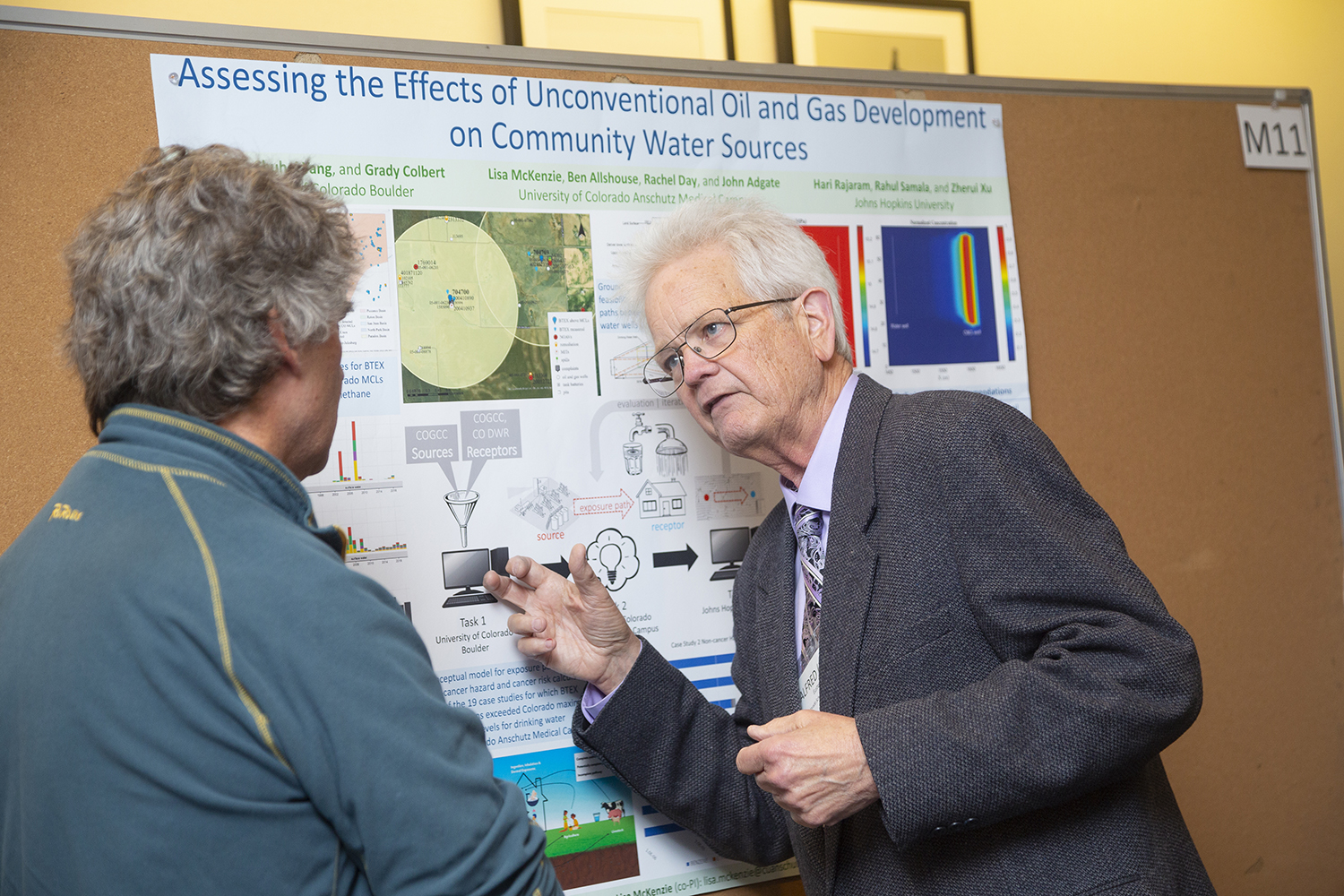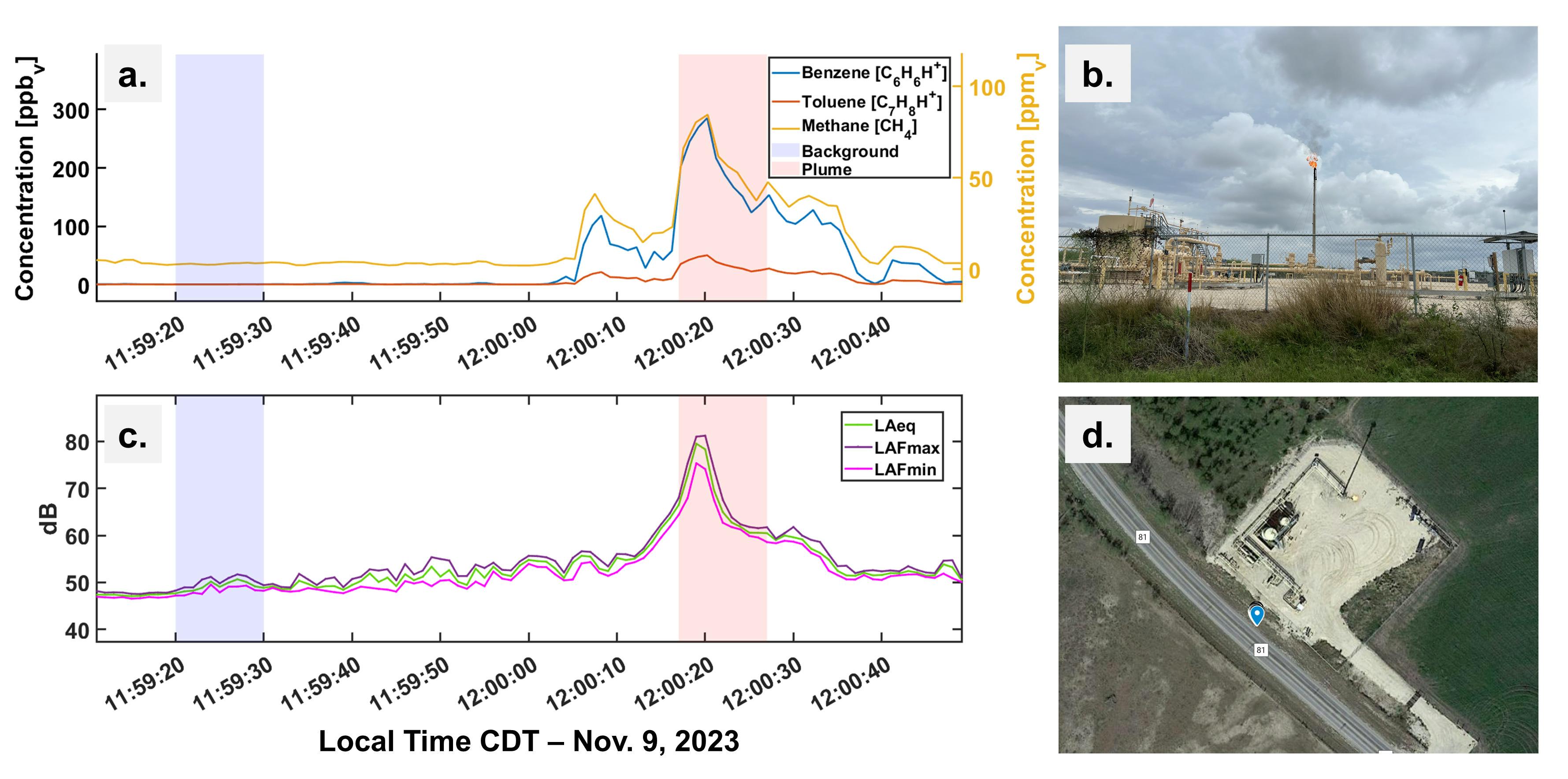Quarterly Update March 2024
HEI Energy's March 2024 Quarterly Research Updates are now available. You will find the latest progress from each of our 5 exposure studies in communities affected by oil and gas development.
Project Updates
Water Quality Research
Using Geoscientific Analysis and Community Engagement to Analyze Exposures to Potential Groundwater Contamination
Read the full Research Report here
The overall goal of this study is to evaluate potential linkages between unconventional oil and gas development (UOGD) and groundwater contamination in a tri-county region of Pennsylvania with many overlapping potential sources of contamination. The analysis will be informed by focus groups in the region to help identify areas of community concern. The team plans to produce a broadly applicable framework to study the relationship between specific UOGD processes and potential groundwater contamination. The investigators will apply the following methods to achieve their goals:
- Combine an existing data set of chemical measurements in groundwater with machine learning to isolate the influences of natural and anthropogenic processes on groundwater chemistry and to identify chemical signatures of UOGD.
- Evaluate linkages between UOGD and potential water contamination.
- Develop an approach to map locations of potential contamination from UOGD activities for application to future investigations of potential human exposures and health effects associated with UOGD.
- Collected and analyzed well water samples well water in “hot spots” identified through their analysis as likely locations of wastewater spills, in order to evaluate the team’s approach.
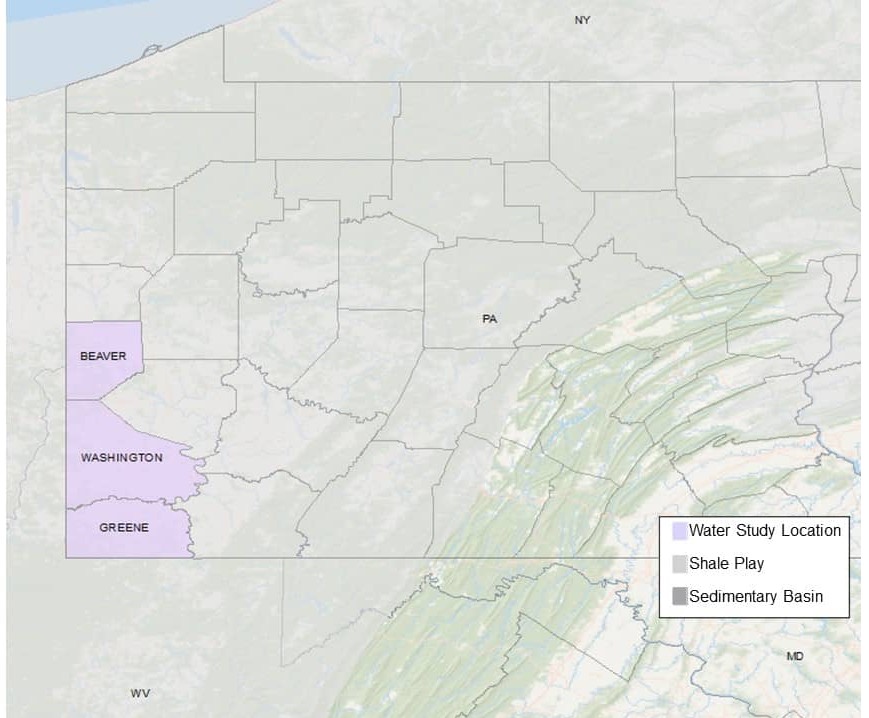
What's Happened
- The study is complete and has undergone initial review by the HEI Energy Review Committee.
- The team has submitted several manuscripts for publication in peer-reviewed scientific journals.
- Mr. Owen Harrington and PI Dr. Jenn Baka presented a paper on the history of energy development in SWPA at the Dimensions of Political Ecology Conference, Lexington, KY, February 24, 2024.
What's New
- The research team is planning for a follow-up study to assess groundwater quality in locations where their modeling predicts possible “hot spots” of contamination from unconventional oil and gas development.
What's Next
- The team’s draft Investigator Report will be finalized and posted to HEI Energy’s website along with the Energy Review Committee’s Commentary on the study. The Commentary describes the strengths and limitations of the research and describes it in the context of the broader scientific literature.
- The research team will present a poster on this project at the HEI Annual Conference 2024 in Philadelphia, PA, April 28-30.
Assessing the Effects of Unconventional Oil and Gas Development on Community Water Sources
The study is complete and now undergoing peer review and an independent quality assurance/quality control audit before HEI Energy releases the research report in the first part of 2026.
The goal of this study is to evaluate whether instances of community water supply contamination in Colorado and New Mexico might be the result of unconventional oil and gas development (UOGD). The study will be useful for understanding the UOGD operational conditions that might present a risk to community water supplies. The investigators will apply the following methods to achieve their goals:
- Analyze existing groundwater and surface water quality data for community water supplies near UOGD and examine correlations between water quality and oil and gas operational data.
- Examine temporal and spatial correlations between UOGD and community water supply contamination to identify possible exposure pathways.
- Model contaminant transport along possible exposure pathways to evaluate the feasibility of the pathways connecting community water supplies with UOGD.
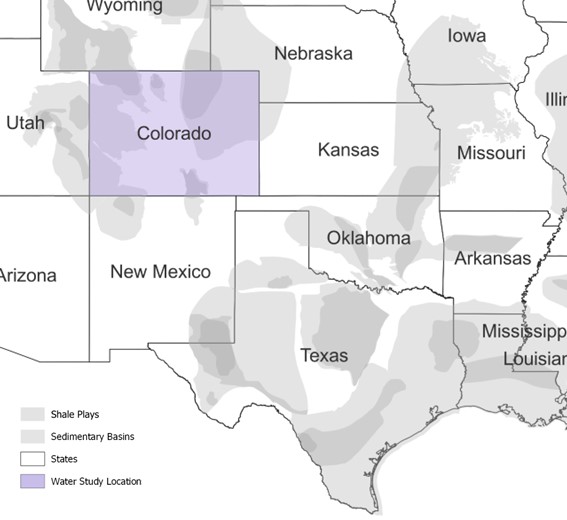
What's Happened
- The research team submitted its draft Investigator Report for evaluation by the HEI Energy Review Committee.
What's New
- Research is complete and under review by the HEI Energy Review Committee.
What's Next
- Following review by the HEI Energy Review Committee, the final Investigator Report for this study will be posted to HEI Energy’s website along with the Committee’s Commentary on the study. The Commentary describes the strengths and limitations of the research and describes it in the context of the broader scientific literature.
Air Quality and Noise Research
Measuring and Modeling Air Pollution and Noise Exposure Near Unconventional Oil and Gas Development in Colorado
Read the full Research Report here
The goal of this study is to develop community exposure profiles in the Colorado North Front Range for chemicals in the air as well as noise over the UOGD lifecycle, from site preparation through production of multi-well pads. This study will assess potential exposure pathways connecting UOGD chemical emissions to nearby communities and use the results to better understand the public health implications. The investigators will apply the following methods to achieve these goals:
- Use a combination of existing air quality data, innovative air quality measurements, and source apportionment models to quantify potential exposures.
- Collect noise measurements from UOGD operations to quantify potential exposures.
- In collaboration with the Hildebrandt Ruiz team, develop the "TRAcking Community Exposures and Releases" (TRACER) model for use in the Denver-Julesburg region to predict chemical emissions from specific UOGD processes. The teams will combine the predicted emissions with an air quality model to estimate concentrations of chemicals in the air.
- Evaluate model performance by comparing air quality monitoring data collected by this and the Franklin team with model predictions in the Denver-Julesburg region.
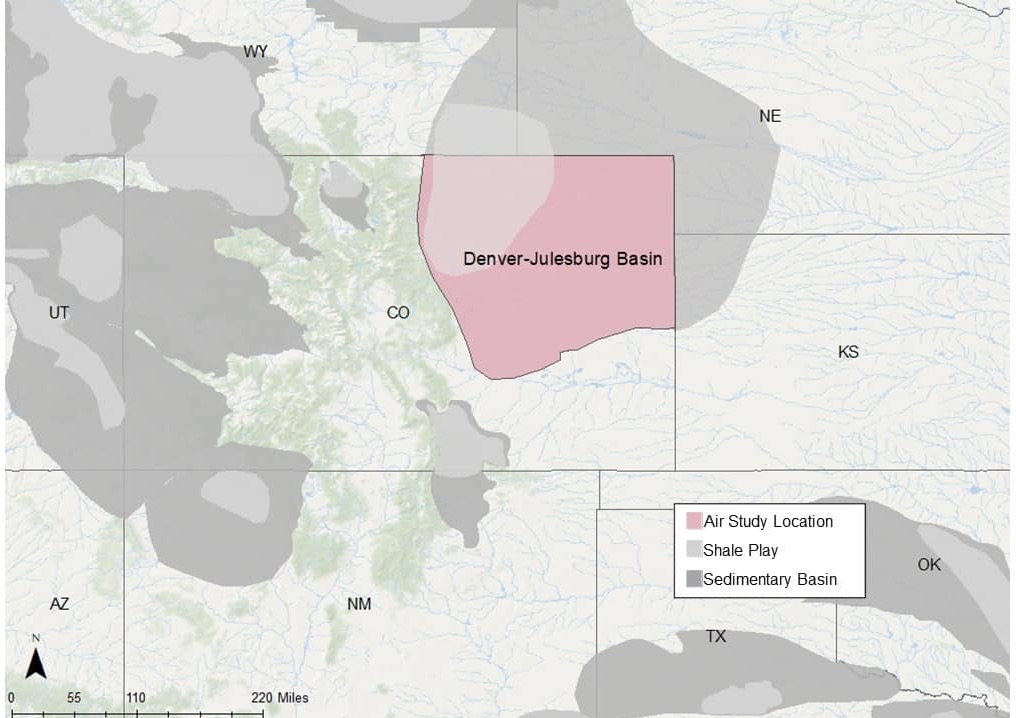
What's Happened
- Used volatile organic compound (VOCs) concentration observations from a separate study near unconventional oil and gas development (UOGD) operations in Broomfield, Colorado to determine emission rates of specific VOCs during pre-production operations. Some observations correspond to operations without prior emission estimates such as for coiled tubing and millout (to remove plugs in the well that are used when hydraulic fracturing occurs in multiple stages; the plugs divide each stage). Other observations provide an important comparison to estimates published in EPA’s oil and gas emissions tool, such as for drilling mud volatilization.
- CSU Research Scientist Dr. Da Pan presented an overview of the study at the American Geophysical Union meeting in San Francisco.
- Through an analysis of specific VOC emissions on and near the well pad, as well as lab studies of VOCs associated with Neoflo drilling fluid and Neoflo-based drilling mud, the team confirmed the importance of two compounds, nonane and decane, as chemical tracers of drilling emissions when synthetic Neoflo-based drilling mud is used.
What's New
- Finalizing emission input options for an oil and gas well activity-based emissions model that includes drilling, hydraulic fracturing, and flowback operations.
- Monitoring air and noise during hydraulic fracturing operations at a well pad location near Windsor, Colorado.
What's Next
- Continue analysis of drilling, hydraulic fracturing, and flowback emissions monitored at the two study pads near Aurora and Brighton, Colorado.
- Secure another flowback operation for air and noise monitoring in the Spring or Summer of 2024.
- Continue to develop the emissions model. Once finalized, the team will simulate dispersion of modeled emissions to compare with ambient air concentrations observed during well drilling and completion operations at the two study pads near Aurora and Brighton, Colorado.
- The research team will present a poster on this project at the HEI Annual Conference 2024 in Philadelphia, PA, April 28-30.
Predictive, Source-oriented Modeling and Measurements to Evaluate Community Exposures to Air Pollutants and Noise from Unconventional Oil and Gas Development
The goal of this study is to develop a broadly applicable model, the "TRAcking Community Exposures and Releases" (TRACER) model. The model will assess potential community exposures to chemicals in the air from UOGD and inform future health studies. The model will then be used to predict the magnitude and frequency of emissions from individual UOGD sources, and when coupled with dispersion modeling, will generate concentrations of chemicals in the air. The investigators will apply the following methods to achieve their goals:
- Collect stationary and mobile air quality and noise measurements in the Eagle Ford, Texas region.
- In collaboration with the Collett team, develop the TRACER model in the Eagle Ford region to generate chemical emissions data from specific UOGD processes. The teams will combine the predicted emissions with air quality models to estimate local and regional concentrations of chemicals in the air.
- Expansion of the TRACER model to the Marcellus region, leveraging data from the separately funded Appalachian Methane Initiative.
- Evaluate model performance by comparing air quality monitoring data with model predictions in the Eagle Ford region.
- Use TRACER model results to assess spatial and temporal variability of potential community exposures to UOGD-associated chemicals and evaluate the effects of different UOGD sources on potential community exposures.
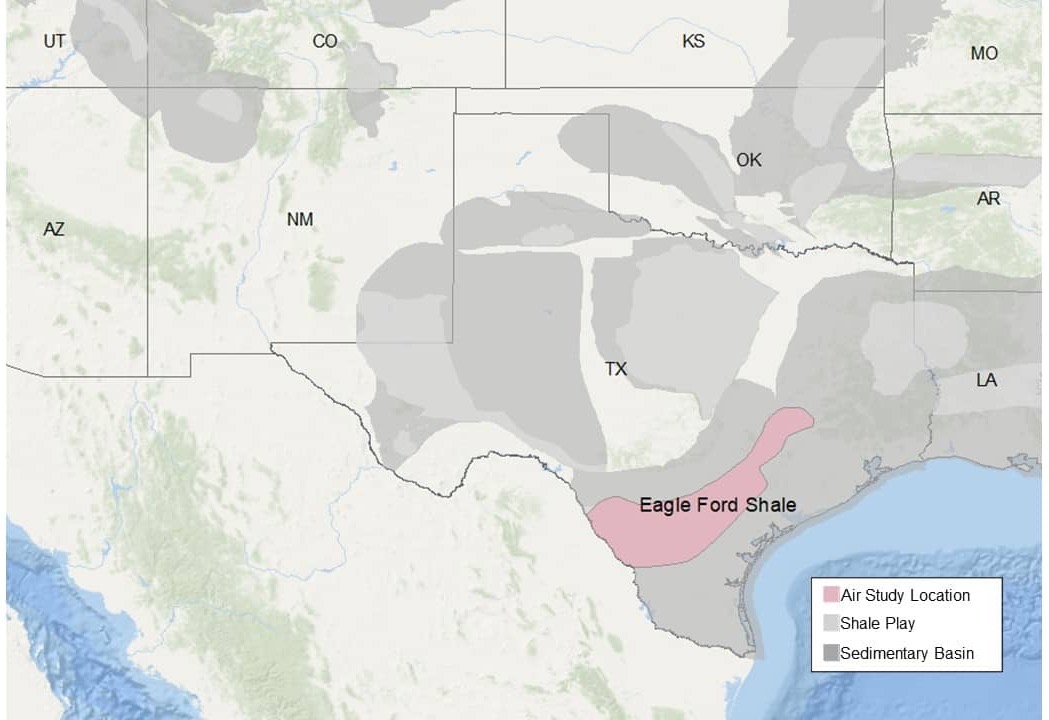
What's Happened
- Continued in-depth analysis of all measurement data the team collected in 2023. For example, Figure 1 shows concentrations of air toxics (toluene and benzene), methane, and sound levels measured near a flaring site.
- Expanded the emissions model in the Eagle Ford Shale to include volatile organic compounds (VOCs).
- Processed the meteorological needed for the different dispersion models.
What's New
- Expanding the project to include modeling activities in the Marcellus Shale.
- Continuing emission and dispersion modeling activities in the Eagle Ford Shale.
- Continuing analysis of all measurement data collected in 2023.
What's Next
- Compile all flare measurement data and incorporate flaring emissions in the model.
- Test four different dispersion models and compare modeling results to our measurement data.
- Plan future stakeholder engagement activities in the Marcellus and Eagle Ford Shale regions.
Upcoming Events
- The research team will present several posters on this project at the HEI Annual Conference 2024 in Philadelphia, PA, April 28-30.
Assessing Source Contributions to Air Quality and Noise in Unconventional Oil Shale Plays
Read the full Research Report here
The goal of this study is to understand potential community exposure to UOGD-associated chemicals and radioactivity in air as well as noise. The investigators will apply the following methods to achieve their goals:
- Monitor air quality and noise in the Permian region of New Mexico and the Eagle Ford region of Texas to understand how potential exposures vary across the regions and over different time scales.
- Combine existing air monitoring data in the Denver-Julesburg region of Colorado and original data collected in the Permian and Eagle Ford regions with statistical models to distinguish UOGD from other sources of chemicals in the air and noise sources.
- Leverage satellite data to examine the association between natural gas flaring and air quality.
Collaborate with the Collett and Hildebrandt Ruiz teams to evaluate the "TRAcking Community Exposures and Releases" (TRACER) model performance in the Denver-Julesburg and Eagle Ford regions.
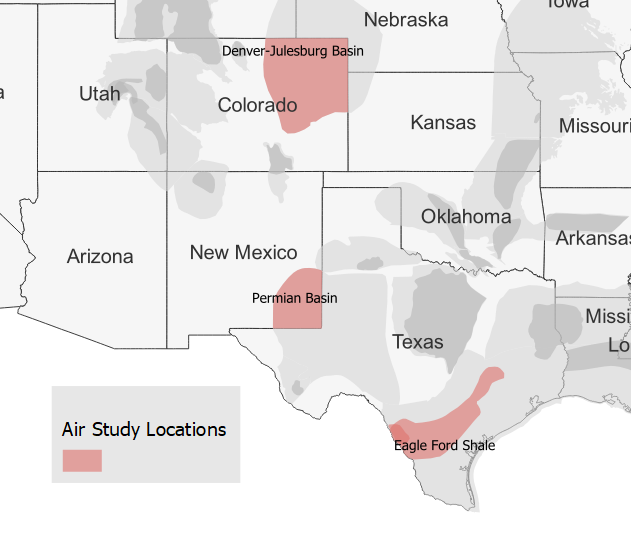
What's Happened
We had a well-attended webinar in December to relay the findings from our first 6 months of sampling in the Permian Basin: https://www.bouldair.com/loving.htm
- We created an infographic about oil & gas and health in the Permian Basin, which was distributed during the webinar and is available for download: https://envhealthcenters.usc.edu/infographic-air-quality-in-the-permian-basin
What's New
Air pollution, greenhouse gas, radioactivity, and noise measurements continue to be collected at the Loving, NM site. Real-time data are displayed at https://www.bouldair.com/loving.htm
The community-driven passive sampling campaign around Carlsbad-Loving, NM is in full swing. With help of local volunteers, the samples are collected on a weekly basis and sent to our lab for analysis. Through a private Facebook group all participants are connected with our project investigators and we share updates and preliminary results.
- Through a private Facebook group all participants are connected with our project investigators and we share updates and preliminary results.
What's Next
- We will wrap up the Permian Basin passive sampling campaign in early summer 2024 and will finish analyzing the collected samples. Passive sampling will begin in Eagle Ford, TX shortly thereafter.
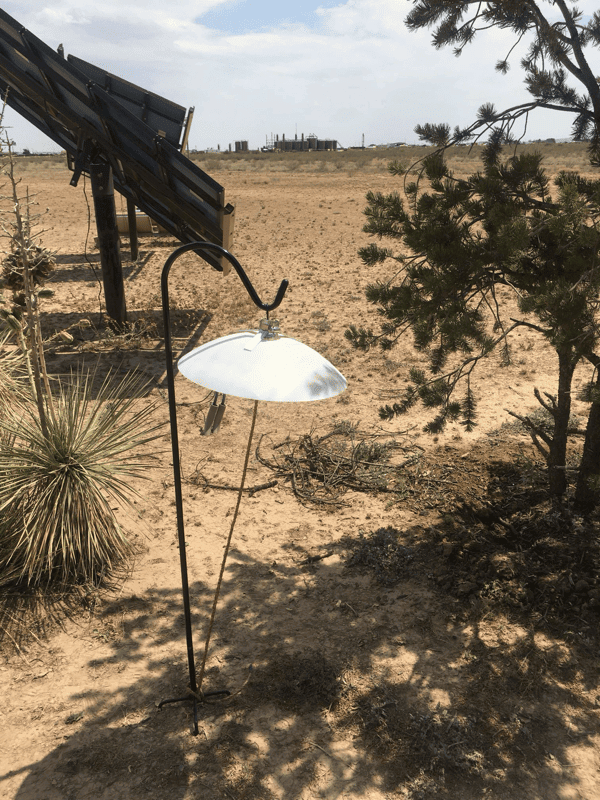
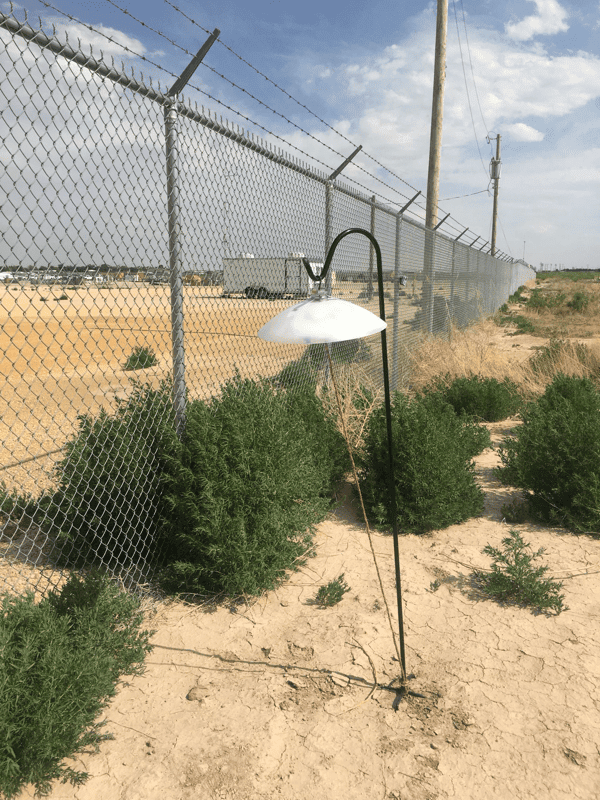
Upcoming Events
- The HEI Annual Conference 2024 in late April 2024.


